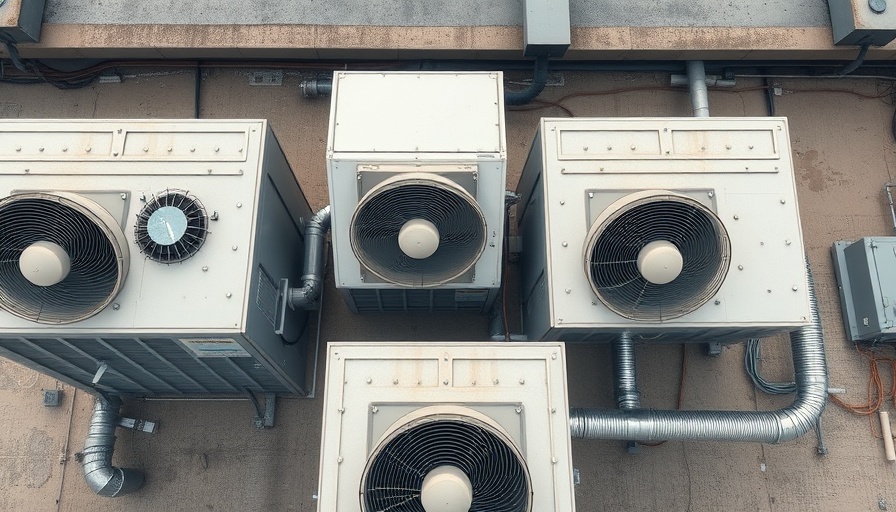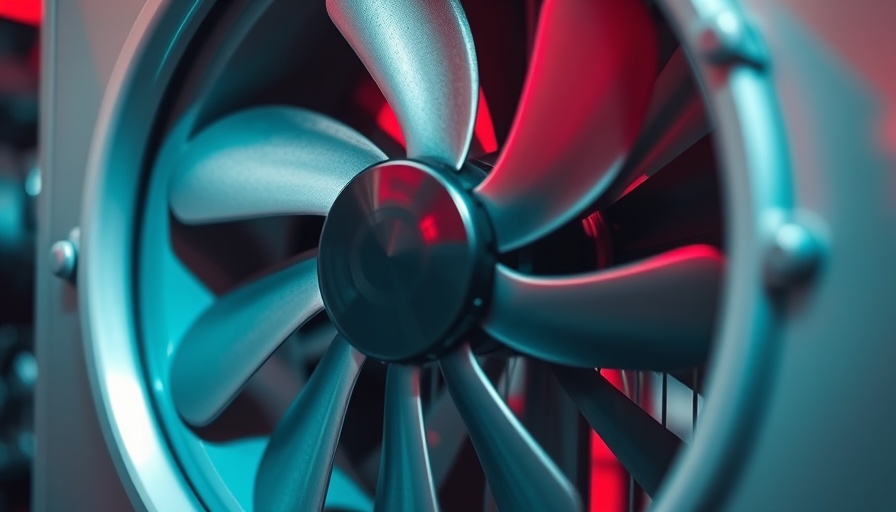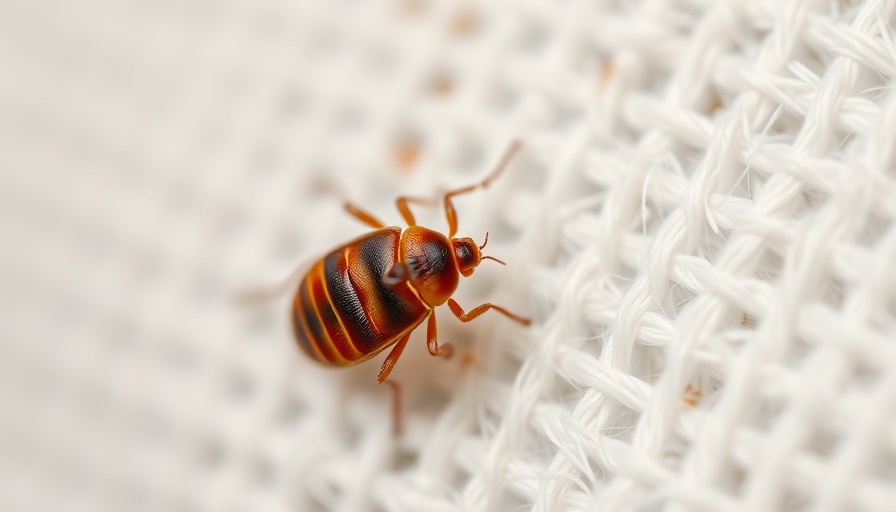
Understanding the Importance of AC Drain Lines
The AC drain line is often an overlooked component in HVAC maintenance. Homeowners frequently underestimate the impact of a clogged line until they experience common symptoms like water leaks, musty smells, or—in more severe cases—a malfunctioning unit.
Simple Steps to Clear a Clogged AC Drain Line
Clearing a clogged AC drain line is often a straightforward DIY task. Homeowners can typically resolve minor clogs using a wet/dry vacuum to suck out debris. Additionally, a vinegar flush helps dissolve buildup. For those unaccustomed to handling HVAC issues, following these methods can be the first step towards DIY success while avoiding costly repairs.
Signs That Your AC Needs Attention
Being proactive is key when it comes to home maintenance. Some warning signs of a clogged drain line include water pooling near your unit, increased humidity levels indoors, and persistent odd smells. Recognizing these challenges helps homeowners take preventative measures to avoid bigger problems down the road.
Preventing Future Clogs
Routine maintenance can prevent drain line clogs. Experts recommend inspecting your AC drip line, performing a vinegar flush every few months, and changing air filters regularly to ensure optimal performance. By incorporating these habits, homeowners can enjoy a well-functioning AC system throughout the season.
The Benefits of Regular HVAC Maintenance
Scheduling annual HVAC maintenance is not just a good practice; it's an investment in your home’s longevity. An experienced technician can spot potential issues before they escalate, saving both time and money in the long run. This proactive approach promotes a healthier indoor environment for your family.
Community Support and Resources
Many local HVAC businesses offer expert advice and maintenance services aimed to optimize your AC units. Connecting with local pros can empower you with knowledge and resources to tackle common issues effectively. Your community has plenty of support, and taking advantage of these resources can make a significant difference in your home care routine.
 Add Row
Add Row  Add
Add 




Write A Comment